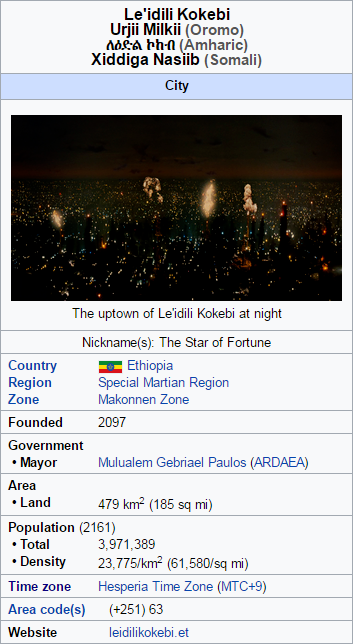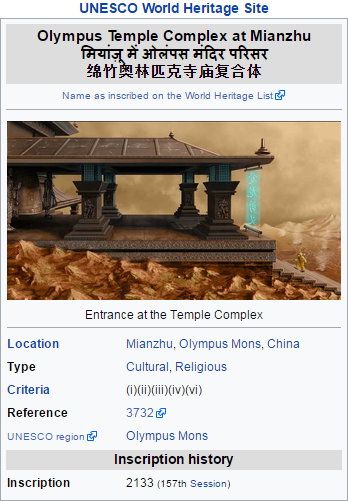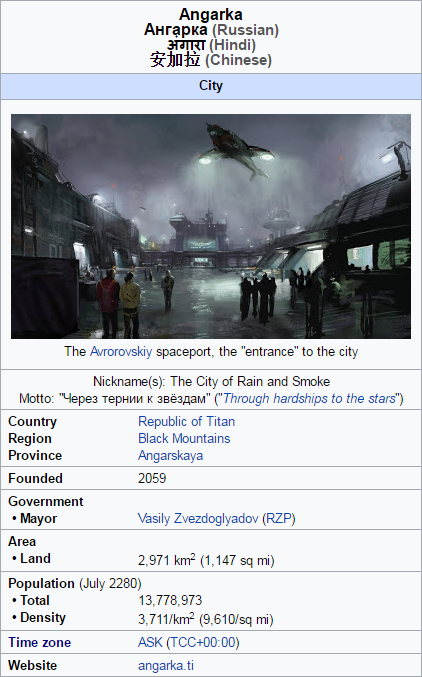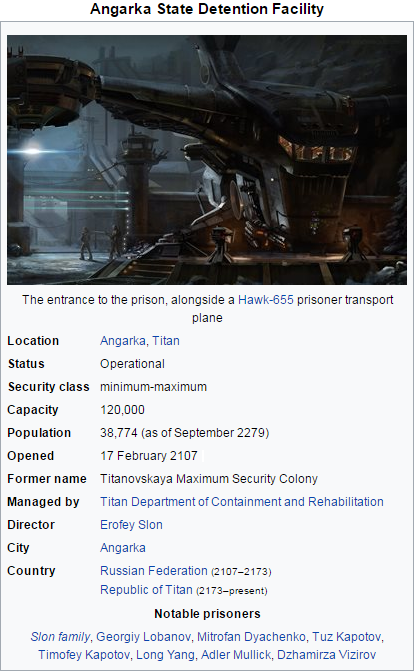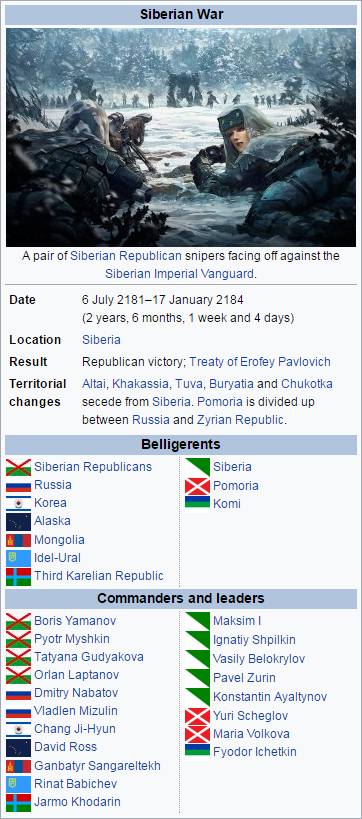LIFE
As Australasian explorer’s began to venture into the immense star cluster now known as the Vivant Sector, they began to uncover signs that something great had once existed here: the long corroded ruins of an outpost here; the micrometeorite battered remnants of a scout ship their. All of them unimaginably old. All suggesting the existence of a truly great civilization, one that had spanned hundreds of stars thousands of years before people ever walked on Newhome.
And then fallen.
As they penetrated deeper, they discovered the remnants of this great society: Populated worlds, civilizations living among the ruins of a lost empire.
The Vivant.

The Vivant are one of 87 known human sub species and by far, the most populous; indeed, with a known population of over two hundred billion they make up a significant percentage of the total human population beyond the black star. While closely related to the Homo Sapiens they are descended from, there are several obvious phenotypical differences, the most obvious being the odd patterns that cover their body. The bizarre,almost web like markings are caused by collections of pigmentation cells along major skin capillaries and come in a number of vibrant and unusual colours: Orange and green are the most common, but blues, purples, yellows and red have also been observed; These pigmentations are independent of a Vivants actual skin colour, which follows the same range as baseline humanity. Another noticeable trait is height: on average, a Vivant will be ten centimetres taller than a baseline human in any gravity range; these are just the more immediately noticeable difference between Vivant and baseline humanity.
The Vivant, like all other subspecies, were engineered to be different, although the actual purpose for their modifications is unknown, and just adds to the mystery that surrounds the Vivant: According to Vivant Mythology, they are the creations of an ancient civilization known as the “Slaver States.” The Slaver States were, according to myth, a collection of vast interstellar nations that dominated the Vivant star cluster, utilising FTL travel some two thousand years before the first FTL craft were thought to be in use (ironically enough, by the Vivant). The States were constantly fighting amongst themselves for domination of the cluster; they created dozens of human subspecies to fight for them. It was for this purpose that the Vivant were created, serving the Slaver State known as “Albion”.
Eventually, according to the myths, the end of the Slaver States came in an immense war with an enemy from beyond the cluster known only as the “Crux” a super advanced species of human clones. The Crux wiped out the Slaver states, then vanished back beyond the star cluster, leaving the Vivant and other subspecies free for the first time. Despite the detail of the myths surrounding the Vivant origins, the only trace that seems to suggest these “Slaver States” ever existed are the large number of colonised worlds that exist in the cluster; no evidence has ever been found of their destroyers, the Crux (although some have linked their description to the “Blank” societies found on Template Worlds, with others thus suggesting them may have been agents of the Nomad God). What happened next, though, is well documented.
In the wake of the fall of the Slaver States, the Vivant were confined to one world, : for a thousand years, the many “Shards”, or cultures, of the Vivant fought for dominance. After a thousand years, one of these shards, known as the Fariburn, achieved total domination, eliminating or absorbing every other shard, and leaving the Vivant a monocultral society; soon after, the Vivant achieved FTL travel by as yet unknown means, and began to expand into the Star Cluster. This was the beginning o the great empire whose ruins the explorers had found: the Vivant Reaches.

It is said that the driver for the conquest of the star cluster by the Vivant was driven by one of their lest physically obvious, but in many ways most significant, trait: their fertility. According to surviving historical records, at the time the Vivant began their conquest, their homeworld (now known as Fariburn), had a population of some fifty billion Vivant. This was in part due to the Vivants incredible fertility: it is estimated that pure-strain Vivant had a fertility rate five times the baseline. The Vivant spun this into a weapon to use in their conquest: The Vivant were described as a “wave” crashing over and washing away all resistance. Combined with the advantage of FTL travel, no power could stand against the Vivant.
Once the Vivant had conquered a world, they had a unique method of ensuring obedience: Every man, woman and child was paired with a Vivant, and married. Breeding between local populations was banned, with the Vivant enforcing “breeding quotas” on the locals to make babies with their new Vivant spouses. This unique strategy was seen as a double advantage to the Vivant: the interbreeding (theoretically) reduced the chance of rebellions, while the need for Vivant “lovers” on newly conquered world helped move significant segments of the population away from the Vivants overpopulated homeworld. Over time, becoming a “Conquest Spouse” was seen a a great honour and almost moral duty to the Vivant, and the demand for more conquered worlds to “marry” drove expansion for thousands of years. The effectiveness of this strategy in enforcing obedience from conquered worlds is unknown, but the result is plain to see: Through genetic research, it has been proven that no less than seventeen human subspecies were bred out of existence, and of the thousands of worlds in the cluster, all of them are populated by the descendants of Vivant interbreeding.
As well as forced marriage, the Vivant practised what they called “planetary streamlining” or “Qabea”: Once a planet was conquered and properly pacified, the Vivant would select one of culture from among those of the population to be the planets sole culture, modified to suit the “task” the Vivant selected for the world; Enforcement of the new global culture was a responsibility of the Conquest Spouces. A planet would be given a “task,” a role that would dominate the world s industries and their place in the Vivants empire. Tasks were broken down into five categories: Farming, Mining, Factory, Garrison and Recreation. Once a task was set, everything on that world, every industry, every inhabitant, was dedicated to it: Farm worlds produced food, Factory worlds built things, Mining world mine things, Garrison world train and house troops, and recreation worlds provide a holiday from all the others. The exact reason the Vivant used this inefficient system is unknown: it is theorised that it was to simplify the administration of the vast empire, as well as serve as another bulwark against rebellions: an industrial world is unlikely to rebel knowing it would starve without shipments from an agricultural world. Of course, it would also starve if the shipments were ever disrupted.
Such as what occurred when the Vivant Expanse fell.
The Fall was sudden, and is believed to have been caused by the sudden loss of FTL travel by the Vivant. Exactly how the Vivant achieved FTL travel has never been determined: from historical fragments, it appears the Vivant used a system to “Call” some outside agent to “Carry” their ships between stars. The Fall occurred when that outside agent no longer answered the call. The effect was, in a word, devastating: cut off from the complex web that kept them support, thousands of worlds perished; they few that survived did so by adapting.
When the Australasian explorers made contact with the Vivant, the effects of Qabea were still being felt, some two thousand years after the fall: although the worlds had adapted outside their “tasks” to survive, they still maintained strong cultural ties to their original tasks: Agricultural worlds worshipped the harvest; factory words were ruled by craftsmen; Garrison worlds developed societies steeped in warrior codes; and recreational worlds developed into idyllic societies dedicated to fun and pleasure.
As the Australasians found more Vivant worlds and linked them together through FTL travel, a new movement began to form amongst the once separated Vivant, espousing the idea of returning to the old ways of Qabea, facilitated by the Australasians. This movement, known as “Qabea Vivant”, spread across many Vivant worlds, were it was resisted by “Gratuit Vivant”, Vivant who felt the Qabea was too restrictive, and had led to the downfall of the Vivant. The conflict cuased several small wars to break out in the Vivant sector, much to the Australasians annoyance (as they were heavily involved in the American Sector at the time); They supported the Gratuit, while the Immortals that seized control after favoured the Qabea. The Vivant and the Qabea fascinated the Immortals, who studied them in search of their own “Universal Culture”. Unlike the conquered words of the American sector, the Qabea Vivant culture was allowed to flourish, with one important change: they were instructed to worship the Immortals. Thus the Kuolematon Vivant movement was born.
Today, the Vivant star cluster is divided between the independent Vivant sector and the Eden sector, which is part of the Humunity. After the fall of the Immortals Kuolematon Vivant was banned in the Humunity, as was all Immortal worship, but is still strong deep in the Vivant sector: its presence there is regarded by the Humunity as the biggest threat to its existence (much to the annoyance of War Otaku who wish to see a confrontation between the Humunity and WATO); the Vivant sector is one of the few places the Humunity ignores its own policy of non-expedition, with ANZAC forces pursuing Immortal fugitives deep into the cluster. In the Eden sector, the Qabea Vivant and Gratuit Vivant movements continue to oppose each other, although no actual fighting has occurred under the watchful eyes of ANZAC peacekeepers.
The sheer number of stars in the Vivant cluster (compared to the rest of human space) means that new Vivant worlds are still being found to this day; the most recently the world of Viridikan.
A tidally locked world with an immense ring system, Viridikan was discovered by a Humunity Exploration and Survey Agency ship only five years ago. Originally a Recreational world, the people of Viridikan had adapted, and had reached coal level technology by the time of discovery. The planets society is dominated by a religion known as the Viridikan Vivant Temple, that espouses hospitality to outsiders as its greatest tenant; no doubt, this religion was the creation of Vivant Qabea.
Soon after contact, representatives of both the Qabea Vivant and Gratuit Vivant arrived, both hoping to sway the population to their side. The arrival of the two rivals split the planet in two and almost resulted in open fighting were it not for the intervention of ANZAC forces; after the dust had died down, Viridkan voted to join the Humunity as a Qabea aligned Recreational world, although a Gratuit aligned community would be established to provide farming and industrial support. As a world with people who feel it is their religious obligation to help visitors relax, not to mention the magnificent splendor of its ring systems, Viridikan has quickly become a top destination for those touring the Vivant recreational worlds, bringing in large amounts of trade and technology. But Viridikan is not just fantastic views, cheap drinks and beautiful people: Viridikan is also home to what is believed to be the most intact Vivant library in the cluster, making Viridikan a mecca for archaeologists and historians looking to shine light on the mysterious past of these fascinating people.
